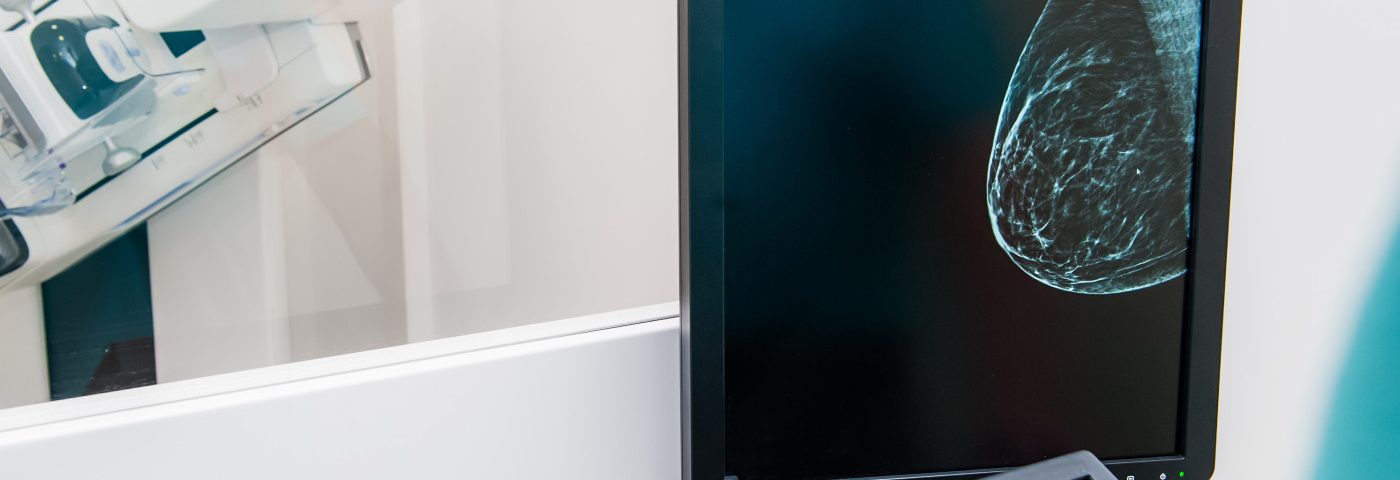Fujifilm Medical Systems USA has expanded its breast cancer imaging toolbox by releasing a new tomosynthesis option for its ASPIRE Cristalle mammography technology, which improves accuracy of breast biopsy.
The new Tomosynthesis Biopsy solution determines the three-dimensional coordinates of a suspicious lesion in the breast. According to Fujifilm, this will improve doctors’ ability to locate a lesion and remove it through biopsy for examination.
Fujifilm representatives showcased the new system at the Association for Medical Imaging Management (AHRA) 2019 meeting July 21–24 in Denver.
“Fujifilm is committed to empowering clinicians to detect breast cancer at its earliest stage, to help save lives through early intervention,” Rick Banner, director of marketing at Fujifilm Medical Systems, said in a press release.
Breast tomosynthesis, also called digital breast tomosynthesis (DBT), is an advanced form of breast imaging, or mammography, that uses a low-dose X-ray system and digital reconstruction.
Multiple X-ray images, taken from different angles, are used to do a 3D reconstruction of the breast (thus the name “synthesis”), much like CT scans in which a series of thin “slices” are assembled to re-create a 3D image of the body.
The ASPIRE Cristalle mammography system was launched in 2014 and combines advanced technology called Hexagonal Close Pattern (HCP) capture with intelligent image processing, optimizing contrast and dose based on individual breast composition. This results in excellent image quality, along with low X-ray doses and fast acquisition time, for all breast types.
In addition, the system has a flexible paddle design that provides gentle compression adapted to patients’ curves, and is potentially more comfortable.
In the release, Fujifilm highlights several benefits of adding Tomosynthesis Biopsy to the conventional stereotactic biopsy (X-ray guided) on the ASPIRE Cristalle:
- Increased clinical confidence because resolution of target area is improved;
- Ease of use via a dual display system and other image-processing functions to make targeting accurate and easy;
- Increased efficiency, as it leads to a more efficient workflow with the potential to decrease exam times.
It can even identify and guide biopsy from suspicious lesions that would normally go undetected by more conventional full field digital mammography (FFDM), a digital version of traditional 2D X-ray films.
“The availability of Tomosynthesis Biopsy for the ASPIRE Cristalle with DBT, enhances our women’s health imaging toolbox which also includes S-View, Iterative Super-resolution Reconstruction (ISR), and Tomosynthesis Spot, which are all designed to help increase clinical confidence and help clinicians provide enhanced patient care,” Banner said.

